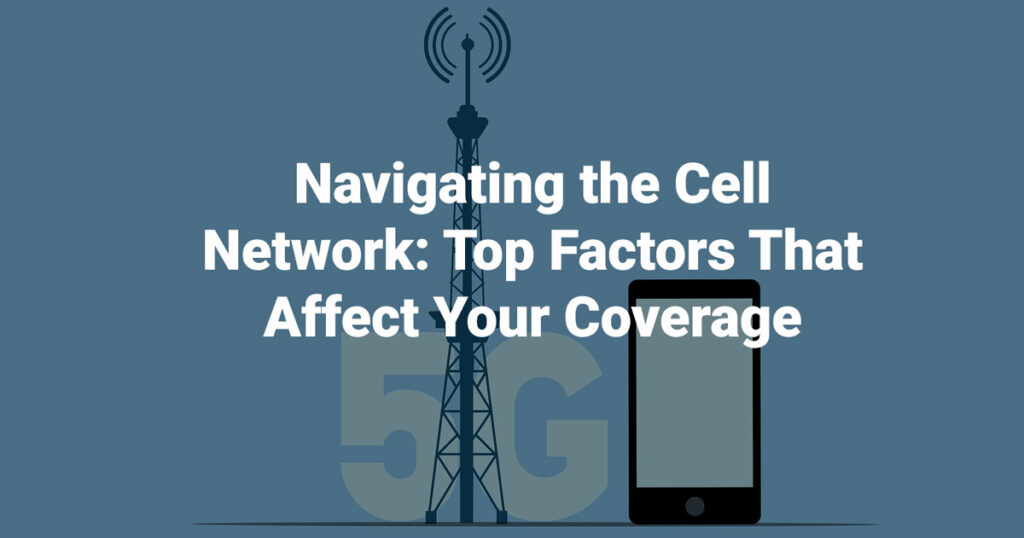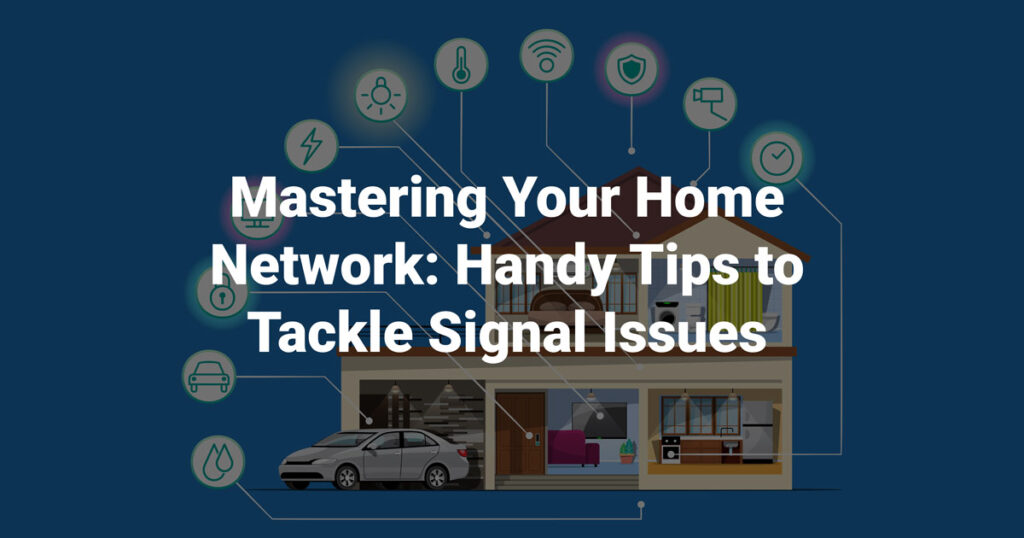Introduction
In our digitally-driven world, staying connected is more important than ever. Whether for work, communication, or entertainment, a reliable cellular network is essential. However, despite the widespread availability of cell networks, many factors can impact signal coverage and quality. In this in-depth article, we’ll explore the top factors that affect your cell network coverage and how understanding them can help you ensure a seamless and reliable connection.
Understanding Cell Network Coverage:
Cell network coverage refers to the geographical area within which a mobile device can connect to a cellular network and access voice, text, and data services. The extent and quality of coverage vary depending on several factors, including:
1.Proximity to Cell Towers
The distance between your location and the nearest cell tower is one of the primary factors influencing signal strength and coverage. Generally, the closer you are to a cell tower, the stronger your signal will be. Conversely, if you’re far away from a tower or obstructed by buildings or terrain, your signal may be weaker or nonexistent.
2.Terrain and Geographic Features
Terrain features such as hills, mountains, and valleys can significantly impact signal propagation. Obstructions like dense foliage, buildings, and geographical features can block or weaken cellular signals, leading to coverage gaps or dead zones. Similarly, being in a remote or rural area with fewer cell towers can result in poorer coverage compared to urban areas.
3.Building Materials
The construction materials used in buildings can affect signal penetration and coverage indoors. Materials like concrete, metal, and brick can block or attenuate cellular signals, leading to weaker reception inside buildings. Conversely, buildings with glass or wood construction may allow for better signal penetration and coverage.
4.Weather Conditions
Weather conditions such as rain, snow, fog, and storms can interfere with cellular signals and degrade coverage. Atmospheric conditions and moisture in the air can attenuate radio waves, leading to signal loss or distortion. Severe weather events like hurricanes or tornadoes can also damage cell towers and disrupt network infrastructure, causing temporary outages.
5.Network Congestion
High network usage during peak hours or in densely populated areas can lead to network congestion, resulting in slower data speeds and degraded call quality. Overloaded cell towers may struggle to handle the volume of traffic, leading to dropped calls or delayed data transmissions. Network congestion is particularly common in urban areas, stadiums, and concert venues during events.
6.Interference from Electronic Devices
Electromagnetic interference from electronic devices and appliances can interfere with cellular signals and degrade coverage. Common sources of interference include Wi-Fi routers, microwave ovens, cordless phones, and Bluetooth devices. Placing your mobile device near such devices or in areas with high levels of electromagnetic interference can affect signal quality.
7.Carrier Coverage and Infrastructure
The coverage provided by your cellular carrier and the quality of its network infrastructure play a significant role in determining your overall coverage experience. Different carriers have varying levels of coverage and network reliability, depending on their investment in infrastructure and spectrum allocation. Choosing a carrier with robust coverage in your area can help ensure better signal quality and reliability.
8.Cellular Bandwidth Allocation
The allocation of available bandwidth among different cellular bands can impact signal quality and coverage. Each cellular carrier operates on specific frequency bands, and the availability of spectrum in those bands affects the capacity and performance of the network. Some bands offer better coverage and penetration through obstacles, while others provide higher data speeds but may have limited reach. Understanding your carrier’s bandwidth allocation and the bands supported by your device can help optimize your coverage experience.
9.Network Optimization Technologies
Cellular carriers employ various optimization technologies to improve network performance and coverage. Techniques such as cell site optimization, beamforming, and carrier aggregation help enhance signal strength, reduce interference, and increase data speeds. Additionally, advanced network technologies like 5G and LTE-A (LTE-Advanced) offer higher data rates and improved coverage compared to previous generations, further enhancing the overall cellular experience.
10.Signal Boosting Solutions
Signal boosting solutions such as mobile signal boosters and distributed antenna systems (DAS) can help improve cellular coverage and signal quality in areas with weak or unreliable signals. These devices capture existing cellular signals, amplify them, and retransmit them indoors or to specific areas, providing enhanced coverage and improved connectivity. Signal boosters are particularly beneficial for homes, offices, and commercial buildings located in remote areas or areas with poor network coverage, ensuring consistent and reliable cellular service for users.
Conclusion
Navigating the complexities of the cell network can be challenging, but understanding the factors that affect coverage can help you optimize your connection and ensure a reliable cellular experience. By considering factors such as proximity to cell towers, terrain, building materials, weather conditions, network congestion, electronic interference, and carrier coverage, you can make informed decisions to enhance your cell network coverage and enjoy seamless connectivity wherever you go.



